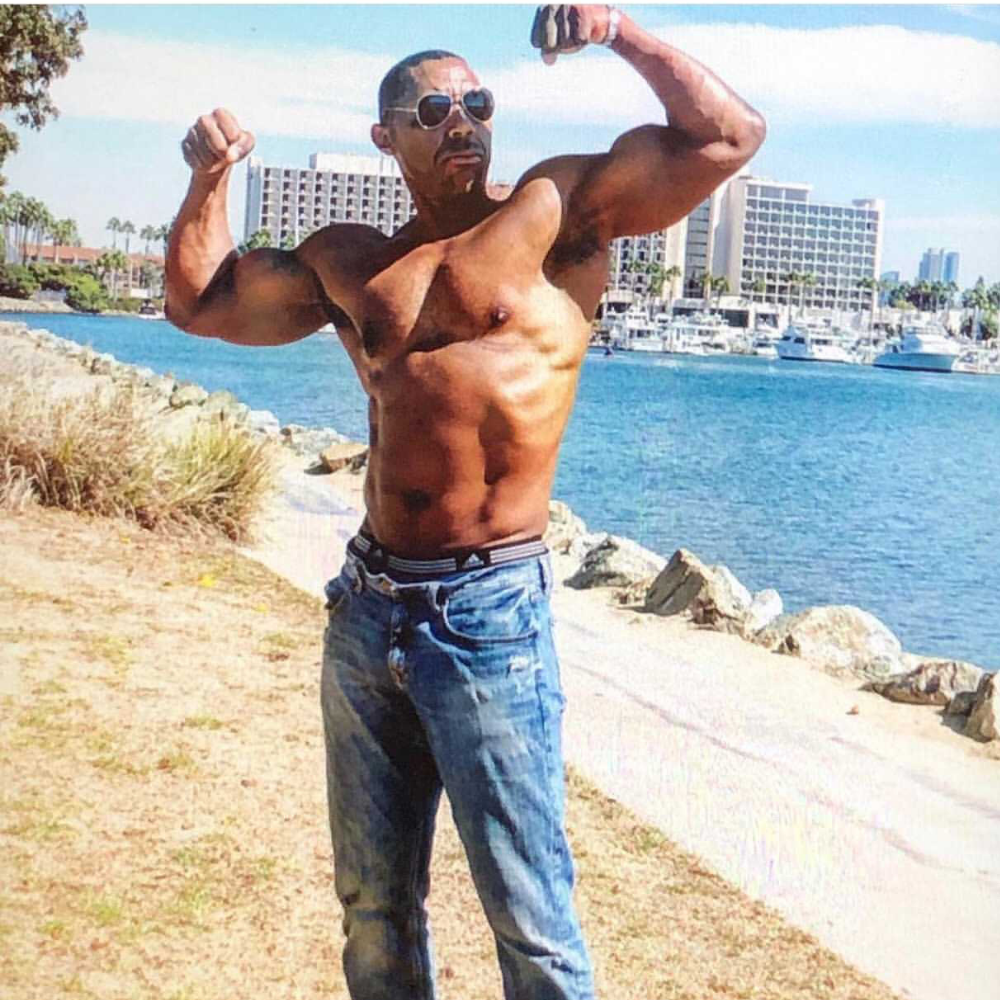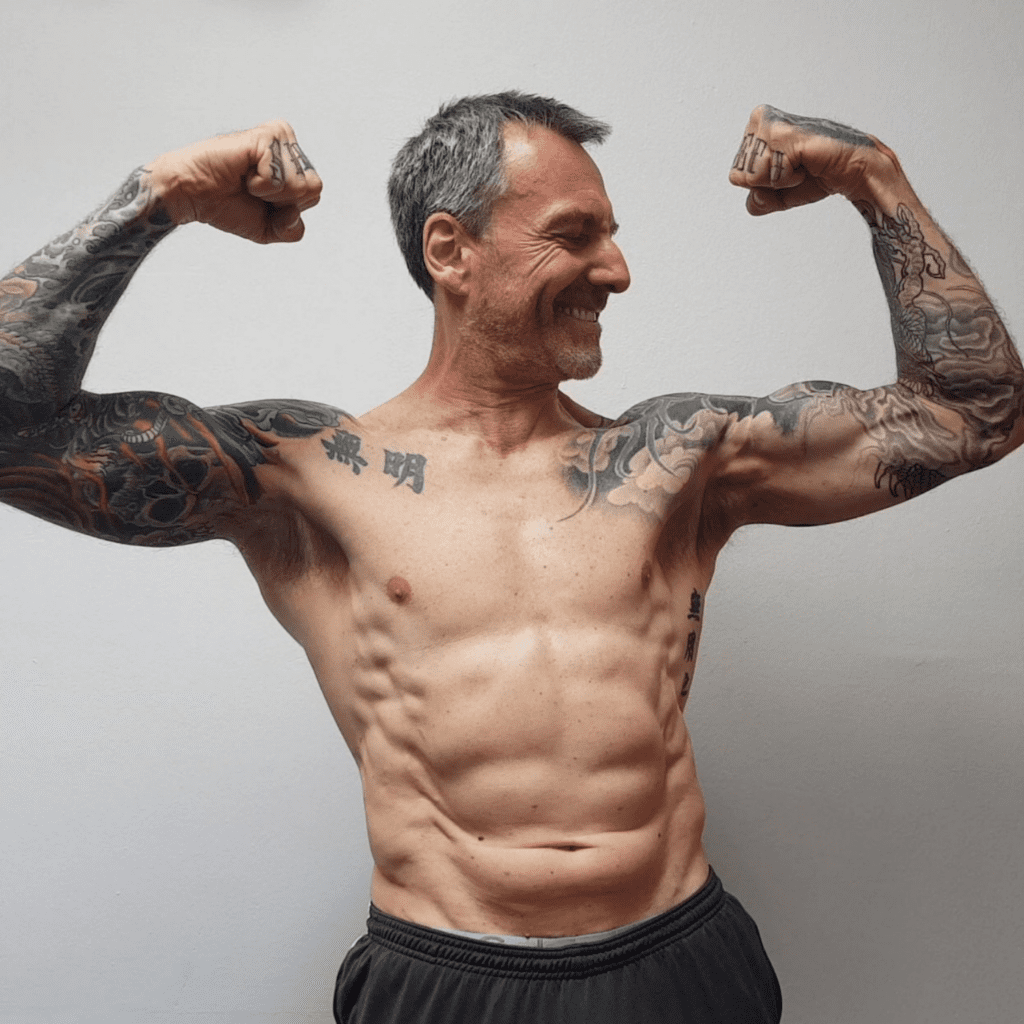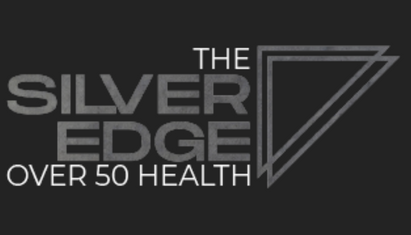
According to the National Institute of Health men and women over 40 lose on average 3% of muscle strength every year. Sarcopenia is a clinical term for age related muscle loss, and the main causes are multi-factorial, with the major contributors being a decrease in activity, poor nutrition, increased inflammation, and hormonal changes. In many ways this is good news… the antidote to age related muscle loss lies within our control.
In this post we’ll start the discussion with the first (and arguably largest) factor – decrease in activity. We’ll explore nutrition, inflammation and hormones in subsequent posts (although they’re all inter-related).
As we lose muscle due to inactivity, we also degrade our metabolism; lean muscle mass accounts for most of the calories we burn each day. In addition, muscle degradation is one of the most important causes of functional decline and loss of independence as we age. Fortunately, we can prevent – even reverse – age related muscle loss through positive lifestyle changes. How? The answer is simple and rather obvious – exercise, specifically strength training. This obviously applies to those of us who have slipped into a sedentary lifestyle, but applies equally to those of us that are primarily active in more aerobic endeavors such as walking, running, biking, swimming, yoga, etc.
By far the best bang for your buck when it comes to strength training are the major compound lifts: deadlift, squat, bench press and overhead press. According to Mark Rippetoe in his book Starting Strength: Basic Barbell Training:
“You do not need to do many different exercises to get strong – you need to get strong on a very few important exercises, movements that train the whole body as a system, not as a collection of separate body parts… the body best adapts as a whole organism to stress applied to the whole organism. The more stress that can be applied to as much of the body at one time as possible, the more effective and productive the adaptation will be.”

It’s time for a call to action – it’s you versus muscle-loss as you age! If you’re not already, consider incorporating serious strength training into your lifestyle. Deadlifts and squats sometimes get a bad reputation, especially for mature populations. But I would propose that that these lifts – when done correctly with proper form – are more critical than ever as we age. Who wants to forfeit being strong and healthy… picking up our grandkids from the floor or sitting on the toilet and getting back up? Once we lose strength and its associated mobility, we’re one step closer to assisted living.
If you don’t belong to a gym, join one now. You’ll need to be careful, as there are gyms out there that do not allow squatting or deadlifting (please don’t let the staff at these gyms talk you into doing these exercises in a Smith machine!). If you’re unfamiliar with these lifts, you’ll want to find a qualified coach. Another word of caution here… many “Globo-Gyms” have trainers on staff who may be wildly unqualified to teach proper form, so make sure you do your research carefully. A good alternative to a live coach is Mark Rippetoe’s book Starting Strength: Basic Barbell Training (available on Amazon or wherever you buy books). Mark is a bit of a polarizing figure in the strength and fitness arena, but this book is widely acknowledged as the gold standard for responsibly beginning a safe and effective strength training program.
Let’s seek the Fountain of Youth and commit to getting stronger together as we age! What are your thoughts? I’d love to hear from you, start the discussion below!
